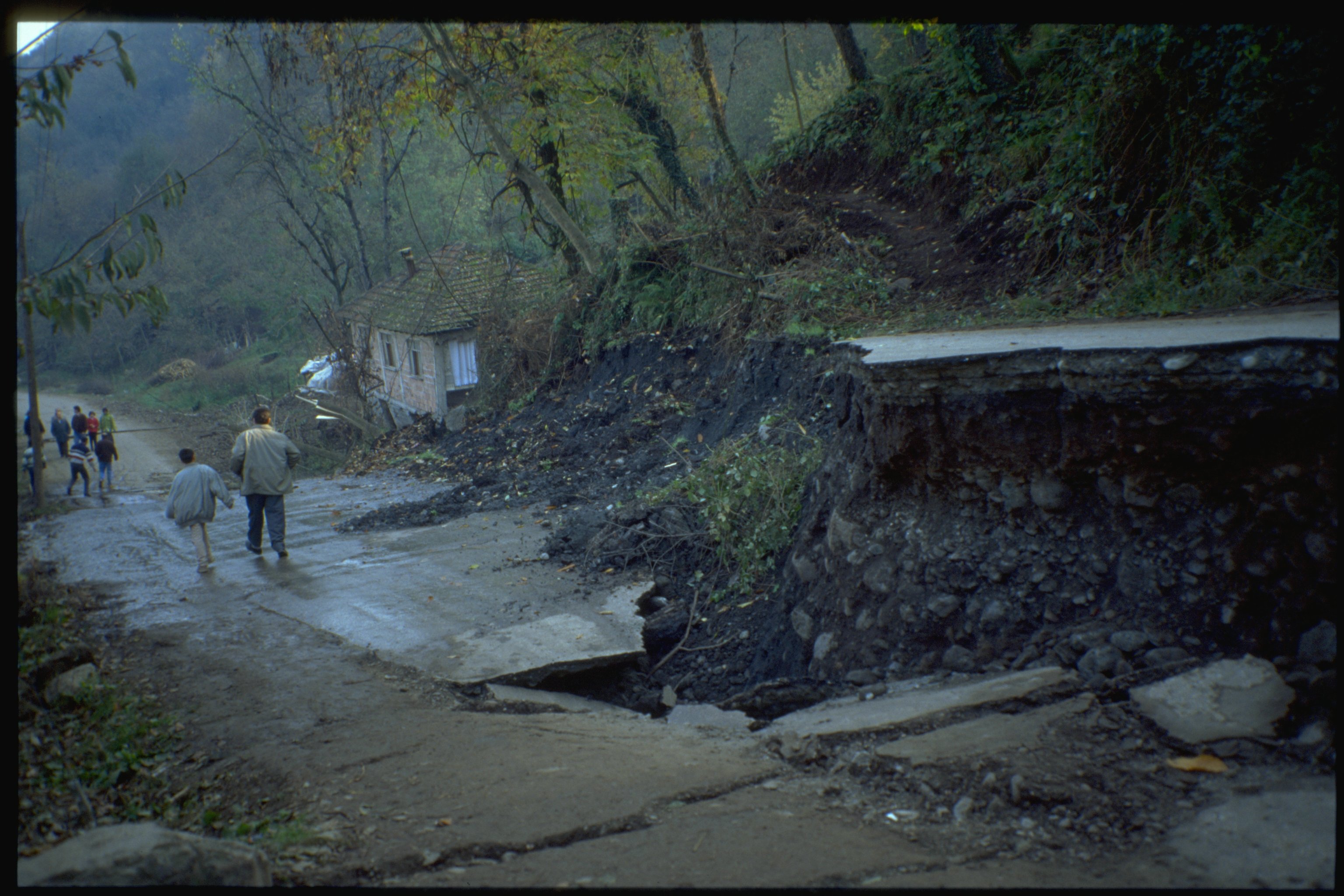All Categories
Featured
Table of Contents
Geophysicist: What Is It? And How To Become One? in Clarkson Oz 2022

The primary model for the radial structure of the interior of the Earth is the initial referral Earth design (PREM). Some parts of this model have been upgraded by recent findings in mineral physics (see post-perovskite) and supplemented by seismic tomography. The mantle is mainly made up of silicates, and the boundaries between layers of the mantle are constant with phase shifts.

This makes plate tectonics possible. Schematic of Earth's magnetosphere. The solar wind Circulations from left to. If a planet's electromagnetic field is strong enough, its interaction with the solar wind forms a magnetosphere. Early area probes drawn up the gross dimensions of the Earth's magnetic field, which extends about 10 Earth radii towards the Sun.
Inside the magnetosphere, there are fairly dense areas of solar wind particles called the Van Allen radiation belts. Geophysical measurements are usually at a specific time and place. Accurate measurements of position, together with earth deformation and gravity, are the province of geodesy. While geodesy and geophysics are separate fields, the two are so closely linked that numerous clinical organizations such as the American Geophysical Union, the Canadian Geophysical Union and the International Union of Geodesy and Geophysics incorporate both.
Geophysical Survey Services in Bickley Oz 2020
, integrates astronomical coordinates and the regional gravity vector to get geodetic coordinates. This technique just supplies the position in 2 coordinates and is more tough to utilize than GPS.
Gravity measurements became part of geodesy since they were needed to associated measurements at the surface of the Earth to the referral coordinate system.
Water level can also be determined by satellites using radar altimetry, adding to a more accurate geoid. In 2002, NASA introduced the Gravity Recovery and Environment Experiment (GRACE), where 2 twin satellites map variations in Earth's gravity field by making measurements of the distance in between the two satellites utilizing GPS and a microwave varying system. Satellites in space have made it possible to collect information from not only the noticeable light region, however in other locations of the electro-magnetic spectrum. The planets can be identified by their force fields: gravity and their electromagnetic fields, which are studied through geophysics and space physics. Determining the modifications in acceleration experienced by spacecraft as they orbit has allowed great details of the gravity fields of the worlds to be mapped.
Geophysical Surveys in Balga Western Australia 2022

Given that geophysics is worried with the shape of the Earth, and by extension the mapping of functions around and in the planet, geophysical measurements include high precision GPS measurements. As soon as the geophysical measurements have actually been processed and inverted, the analyzed results are outlined utilizing GIS.
Numerous geophysics companies have developed in-house geophysics programs that pre-date Arc, GIS and Geo, Soft in order to satisfy the visualization requirements of a geophysical dataset. Exploration geophysics is applied geophysics that frequently utilizes remote sensing platforms such as; satellites, aircraft, ships, boats, rovers, drones, borehole noticing equipment, and seismic receivers.
Aeromagnetic information (airplane gathered magnetic data) collected using traditional fixed-wing airplane platforms need to be fixed for electromagnetic eddy currents that are developed as the aircraft moves through Earth's electromagnetic field. There are also corrections connected to modifications in determined potential field intensity as the Earth turns, as the Earth orbits the Sun, and as the moon orbits the Earth.
Geophysical Services in Inglewood Western Australia 2023
Signal processing involves the correction of time-series information for undesirable noise or errors introduced by the measurement platform, such as airplane vibrations in gravity information. It also includes the decrease of sources of noise, such as diurnal corrections in magnetic data. In seismic information, electromagnetic information, and gravity information, processing continues after mistake corrections to include computational geophysics which lead to the final analysis of the geophysical information into a geological analysis of the geophysical measurements Geophysics emerged as a separate discipline just in the 19th century, from the crossway of physical location, geology, astronomy, meteorology, and physics.
The magnetic compass existed in China back as far as the fourth century BC. It was not up until excellent steel needles might be created that compasses were used for navigation at sea; prior to that, they might not maintain their magnetism long enough to be helpful.
By taking a look at which of 8 toads had the ball, one could figure out the instructions of the earthquake. It was 1571 years before the first style for a seismoscope was released in Europe, by Jean de la Hautefeuille. It was never built. Among the publications that marked the start of modern-day science was William Gilbert's (1600 ), a report of a series of meticulous experiments in magnetism.
Geophysics in The Vines Oz 2023
Geochemistry, Geophysics, Geosystems. National Aeronautics and Space Administration. Recovered 13 November 2018.
Leipzig. Berlin (Gebruder Borntraeger). Runcorn, S.K, (editor-in-chief), 1967, International dictionary of geophysics:. Pergamon, Oxford, 2 volumes, 1,728 pp., 730 fig Geophysics, 1970, Encyclopaedia Britannica, Vol. 10, p. 202-202 Ross 1995, pp. 236242 Shearer, Peter M. (2009 ). Intro to seismology (second ed.). Cambridge: Cambridge University Press. ISBN 9780521708425. Stphane, Sainson (2017 ).
Latest Posts
What Is Geophysics And What Do Geophysicists Do? in Sinagra Australia 2023
Geophysics in Beckenham Western Australia 2022
Geophysical Survey - An Overview in West Perth Oz 2020